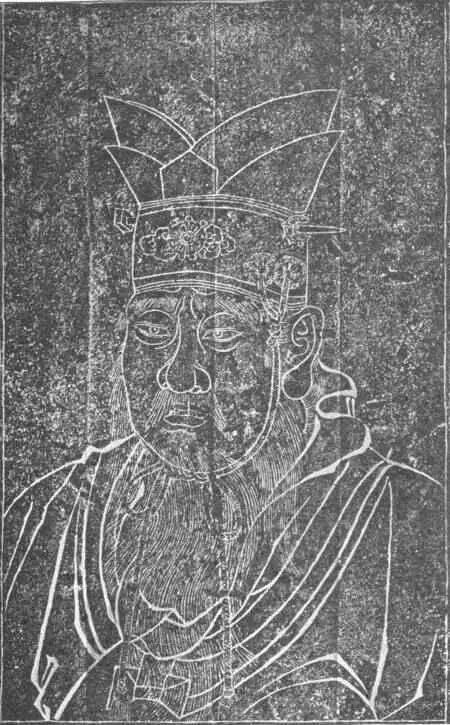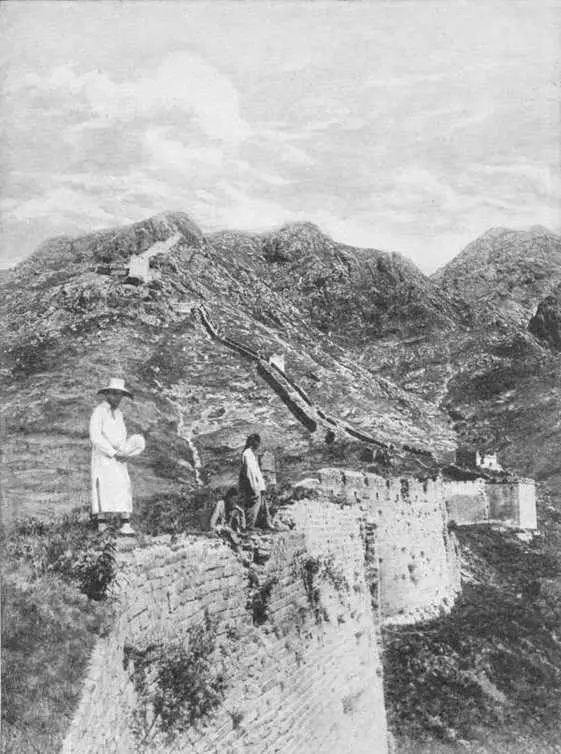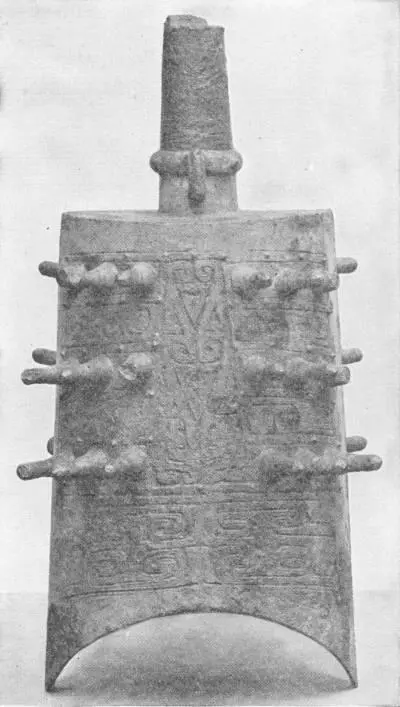Herbert Wells - A Short History of the World
Здесь есть возможность читать онлайн «Herbert Wells - A Short History of the World» весь текст электронной книги совершенно бесплатно (целиком полную версию без сокращений). В некоторых случаях можно слушать аудио, скачать через торрент в формате fb2 и присутствует краткое содержание. Год выпуска: 2011, Жанр: История, на английском языке. Описание произведения, (предисловие) а так же отзывы посетителей доступны на портале библиотеки ЛибКат.
- Название:A Short History of the World
- Автор:
- Жанр:
- Год:2011
- ISBN:нет данных
- Рейтинг книги:4 / 5. Голосов: 1
-
Избранное:Добавить в избранное
- Отзывы:
-
Ваша оценка:
- 80
- 1
- 2
- 3
- 4
- 5
A Short History of the World: краткое содержание, описание и аннотация
Предлагаем к чтению аннотацию, описание, краткое содержание или предисловие (зависит от того, что написал сам автор книги «A Short History of the World»). Если вы не нашли необходимую информацию о книге — напишите в комментариях, мы постараемся отыскать её.
A Short History of the World — читать онлайн бесплатно полную книгу (весь текст) целиком
Ниже представлен текст книги, разбитый по страницам. Система сохранения места последней прочитанной страницы, позволяет с удобством читать онлайн бесплатно книгу «A Short History of the World», без необходимости каждый раз заново искать на чём Вы остановились. Поставьте закладку, и сможете в любой момент перейти на страницу, на которой закончили чтение.
Интервал:
Закладка:
But this Age of Confusion was compatible with much intellectual activity and with the existence of many local centres of art and civilized living. When we know more of Chinese history we shall find that China also had her Miletus and her Athens, her Pergamum and her Macedonia. At present we must be vague and brief about this period of Chinese division simply because our knowledge is not sufficient for us to frame a coherent and consecutive story.

CONFUCIUS
Copy of stone carving in the Temple of Confucius at K’iu Fu
(From the records of the Archæological Mission to North China (Chavannes))
And just as in divided Greece there were philosophers and in shattered and captive Jewry prophets, so in disordered China there were philosophers and teachers at this time. In all these cases insecurity and uncertainty seemed to have quickened the better sort of mind. Confucius was a man of aristocratic origin and some official importance in a small state called Lu. Here in a very parallel mood to the Greek impulse he set up a sort of Academy for discovering and teaching Wisdom. The lawlessness and disorder of China distressed him profoundly. He conceived an ideal of a better government and a better life, and travelled from state to state seeking a prince who would carry out his legislative and educational ideas. He never found his prince; he found a prince, but court intrigues undermined the influence of the teacher and finally defeated his reforming proposals. It is interesting to note that a century and a half later the Greek philosopher Plato also sought a prince, and was for a time adviser to the tyrant Dionysius who ruled Syracuse in Sicily.
Confucius died a disappointed man. “No intelligent ruler arises to take me as his master,” he said, “and my time has come to die.” But his teaching had more vitality than he imagined in his declining and hopeless years, and it became a great formative influence with the Chinese people. It became one of what the Chinese call the Three Teachings, the other two being those of Buddha and of Lao Tse.
The gist of the teaching of Confucius was the way of the noble or aristocratic man. He was concerned with personal conduct as much as Gautama was concerned with the peace of self-forgetfulness and the Greek with external knowledge and the Jew with righteousness. He was the most public-minded of all great teachers. He was supremely concerned by the confusion and miseries of the world, and he wanted to make men noble in order to bring about a noble world. He sought to regulate conduct to an extraordinary extent; to provide sound rules for every occasion in life. A polite, public- spirited gentleman, rather sternly self-disciplined, was the ideal he found already developing in the northern Chinese world and one to which he gave a permanent form.

THE GREAT WALL OF CHINA
As it crosses the mountains in Manchuria
Photo: Underwood & Underwood
The teaching of Lao Tse, who was for a long time in charge of the imperial library of the Chow dynasty, was much more mystical and vague and elusive than that of Confucius. He seems to have preached a stoical indifference to the pleasures and powers of the world and a return to an imaginary simple life of the past. He left writings very contracted in style and very obscure. He wrote in riddles. After his death his teachings, like the teachings of Gautama Buddha, were corrupted and overlaid by legends and had the most complex and extraordinary observances and superstitious ideas grafted upon them. In China just as in India primordial ideas of magic and monstrous legends out of the childish past of our race struggled against the new thinking in the world and succeeded in plastering it over with grotesque, irrational and antiquated observances. Both Buddhism and Taoism (which ascribes itself largely to Lao Tse) as one finds them in China now, are religions of monk, temple, priest and offering of a type as ancient in form, if not in thought, as the sacrificial religions of ancient Sumeria and Egypt. But the teaching of Confucius was not so overlaid because it was limited and plain and straightforward and lent itself to no such distortions.

EARLY CHINESE BRONZE BELL
Inscribed in archaic characters: “made for use by the elder of Hing village in Ting district;” latter half of the Chou Dynasty, Sixth Century B.C.
(In the Victoria and Albert Museum)
North China, the China of the Hwang-ho River, became Confucian in thought and spirit; south China, Yang-tse-Kiang China, became Taoist. Since those days a conflict has always been traceable in Chinese affairs between these two spirits, the spirit of the north and the spirit of the south, between (in latter times) Pekin and Nankin, between the official- minded, upright and conservative north, and the sceptical, artistic, lax and experimental south.
The divisions of China of the Age of Confusion reached their worst stage in the sixth century B.C. The Chow dynasty was so enfeebled and so discredited that Lao Tse left the unhappy court and retired into private life.
Three nominally subordinate powers dominated the situation in those days, Ts’i and Ts’in, both northern powers, and Ch’u, which was an aggressive military power in the Yangtse valley. At last Ts’i and Ts’in formed an alliance, subdued Ch’u and imposed a general treaty of disarmament and peace in China. The power of Ts’in became predominant. Finally about the time of Asoka in India the Ts’in monarch seized upon the sacrificial vessels of the Chow emperor and took over his sacrificial duties. His son, Shi-Hwang-ti (king in 246 B.C., emperor in 220 B.C.), is called in the Chinese Chronicles “the First Universal Emperor.”
More fortunate than Alexander, Shi-Hwang-ti reigned for thirty-six years as king and emperor. His energetic reign marks the beginning of a new era of unity and prosperity for the Chinese people. He fought vigorously against the Hunnish invaders from the northern deserts, and he began that immense work, the Great Wall of China, to set a limit to their incursions.
XXXI
ROME COMES INTO HISTORY
THE reader will note a general similarity in the history of all these civilizations in spite of the effectual separation caused by the great barriers of the Indian north-west frontier and of the mountain masses of Central Asia and further India. First for thousands of years the heliolithic culture spread over all the warm and fertile river valleys of the old world and developed a temple system and priest rulers about its sacrificial traditions. Apparently its first makers were always those brunette peoples we have spoken of as the central race of mankind. Then the nomads came in from the regions of seasonal grass and seasonal migrations and superposed their own characteristics and often their own language on the primitive civilization. They subjugated and stimulated it, and were stimulated to fresh developments and made it here one thing and here another. In Mesopotamia it was the Elamite and then the Semite, and at last the Nordic Medes and Persians and the Greeks who supplied the ferment; over the region of the Ægean peoples it was the Greeks; in India it was the Aryan-speakers; in Egypt there was a thinner infusion of conquerors into a more intensely saturated priestly civilization; in China, the Hun conquered and was absorbed and was followed by fresh Huns. China was Mongolized just as Greece and North India were Aryanized and Mesopotamia Semitized and Aryanized. Everywhere the nomads destroyed much, but everywhere they brought in a new spirit of free enquiry and moral innovation. They questioned the beliefs of immemorial ages. They let daylight into the temples. They set up kings who were neither priests nor gods but mere leaders among their captains and companions.
Читать дальшеИнтервал:
Закладка:
Похожие книги на «A Short History of the World»
Представляем Вашему вниманию похожие книги на «A Short History of the World» списком для выбора. Мы отобрали схожую по названию и смыслу литературу в надежде предоставить читателям больше вариантов отыскать новые, интересные, ещё непрочитанные произведения.
Обсуждение, отзывы о книге «A Short History of the World» и просто собственные мнения читателей. Оставьте ваши комментарии, напишите, что Вы думаете о произведении, его смысле или главных героях. Укажите что конкретно понравилось, а что нет, и почему Вы так считаете.








